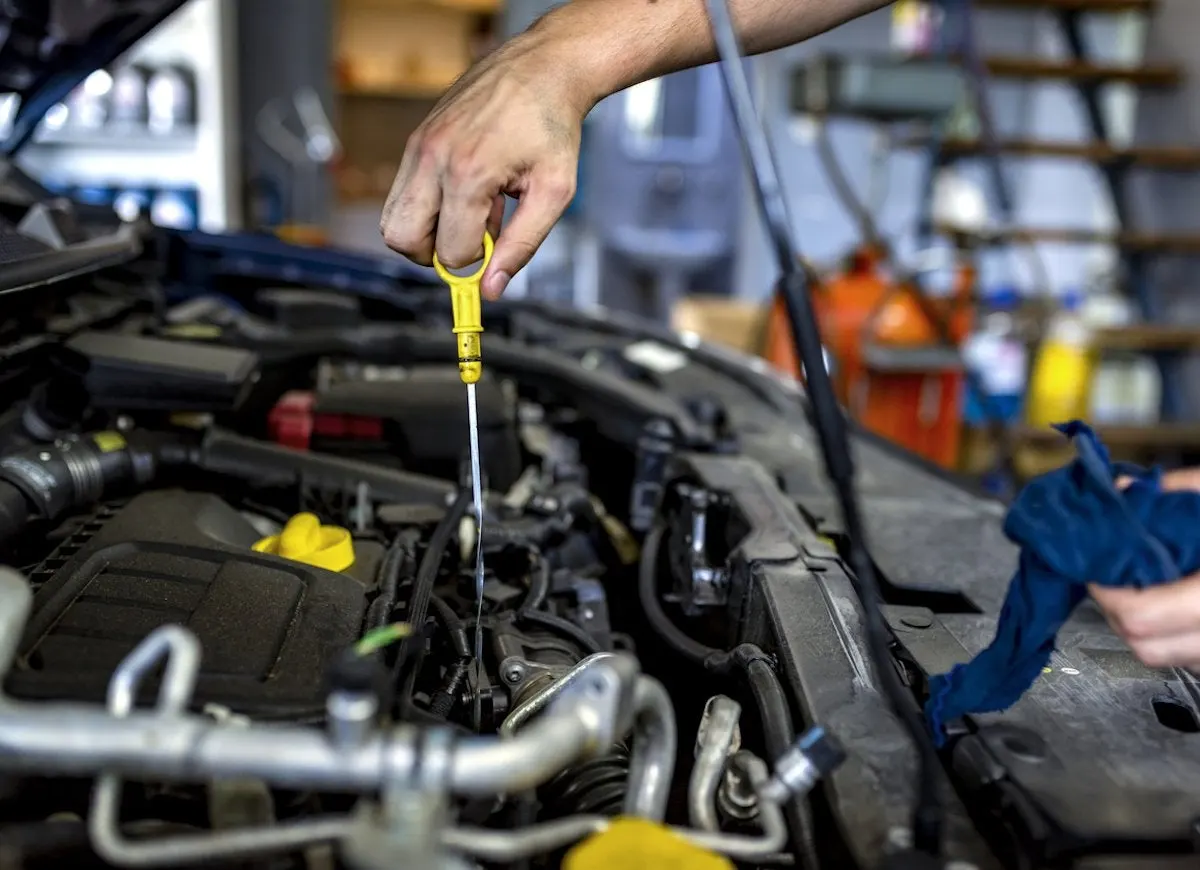A mix of global disruption, technological advances, and changing consumer behavior is reshaping the automotive industry. This includes new business models for electric vehicles, onboard sensors, and mobility-as-a-service.
Big data analytics solutions help automakers and ancillary companies optimize their operations and make their businesses more efficient. They also support their growth strategies by enabling predictive maintenance, product design, and other related services.
1. 3D Printing
3D printing is becoming increasingly popular in the auto industry for creating prototypes and end-use parts. This allows manufacturers to test and rework designs with ease and reduces production times.
Ford, for example, has used 3D printing to create lug nuts that are more resistant to theft. They can be locked into the wheel to prevent thieves from taking them.
Porsche has also been using Stratasys solutions to print spare parts. This on-demand manufacturing means they can produce a part only when it’s needed, saving them costs associated with tooling, transportation and storage.
Mercedes is even printing metal replacement parts for their trucks. This enables them to produce new parts more quickly and reduces the risk of stock-outs. This also makes them less dependent on external suppliers and streamlines their supply chain.
2. Advanced Materials
Advanced materials are new and improved substances that have been modified to outperform traditional materials in specific domains, like thermal, electrical, magnetic or optical. They can also exhibit entirely novel properties.
Using more advanced materials for vehicle parts can make vehicles lighter and more efficient, which means that they’ll need less fuel to travel the same distance. However, these technologies need to be safe and cost-efficient to be used as production standards.
The auto industry has been working to meet changing consumer demands by reducing vehicle weight with advanced materials. This includes a shift away from traditional materials like steel and aluminum, which are still used extensively in vehicles, toward newer lightweight alternatives like 3D-printed cobalt-chromium alloys. This will help the industry meet environmental and performance requirements while keeping car costs low.
3. Smart Components
Technology trends continue to transform the automobile industry. These include AI, machine learning, human-machine interface, and IoT. These technologies help companies produce vehicles that are easier to maintain and operate. They also make it possible for vehicles to communicate over the internet.
According to TBRC, the global market for motor vehicle parts is expected to reach nearly $1.5 trillion by 2023. This includes the sale of both traditional and autonomous vehicles.
Smart components are part of the industrial Internet of Things (IoT). These smart sensors can be inserted into any type of machinery to monitor its health and function. They can provide data to the cloud, which will allow for better maintenance and predictive analysis. They can also perform tasks such as detecting machine vibrations or temperature changes.
4. E-Commerce and Digitalization
Motor vehicle parts manufacturers are now using digitalization and e-commerce to facilitate the supply of spares. These technologies allow them to work proactively and reduce operational costs.
These systems also enable them to monitor the quality of components and identify issues and defects. Moreover, they help in identifying the best materials and ensuring that they are sourced from a trusted source.
This is done to avoid counterfeit and illegal sourcing of products. In addition, e-commerce also enables automotive companies to conduct business deals and procurements round the clock.
As the industry shifts from competition among peers to new collaborative interactions, successful automotive players must leverage foresight capabilities that include anticipating trends and exploring alternatives or complements to existing business models. For example, they may need to adopt agile working methodologies that encourage continuous improvement, such as a customer-centric approach.
5. Autonomous Vehicles
Self-driving cars are becoming more commonplace, and this has led to a rise in demand for parts that can support them. This includes new sensors, camera systems and software. It also means that traditional automakers must compete with technology-focused companies like Intel and Nvidia.
Autonomous vehicles work by using sensors to map their surroundings. These can include radar, lasers, cameras and video cameras. They can also read traffic lights, road signs and identify pedestrians.
There are still many hurdles to overcome before autonomous cars become a reality. Consumers remain hesitant to hand over control, and there are concerns that autonomous vehicles may not be as safe as human drivers. In addition, the legal system must adapt to address safety and liability issues. These challenges have already prompted policymakers to adopt new laws and regulations.




